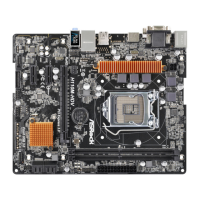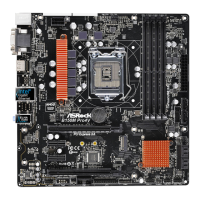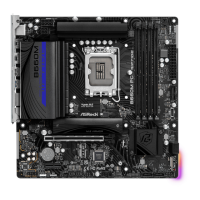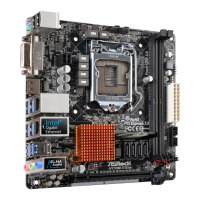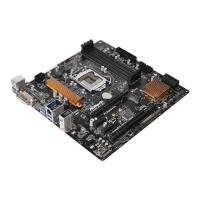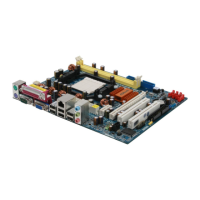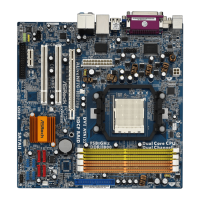Do you have a question about the ASROCK Super Alloy H170M PRO4 and is the answer not in the manual?
Lists all items included with the ASRock H170M Pro4 Motherboard.
Details the technical specifications of the motherboard for CPU, memory, expansion, etc.
Illustrates and labels the key components and connectors on the motherboard.
Describes and labels the ports available on the motherboard's rear panel.
Important safety and handling guidelines before installing motherboard components.
Step-by-step guide for correctly installing the Central Processing Unit (CPU).
Instructions for mounting the CPU cooling fan and heatsink assembly.
Guide on how to properly install DDR4 memory modules into the motherboard slots.
Information on using PCI Express slots for graphics cards and other expansion cards.
Explains the function and setup of various jumpers on the motherboard.
Details on connecting internal chassis components to motherboard headers.
Guide for setting up multiple graphics cards using AMD CrossFireX technology.
Instructions for installing M.2 (NGFF) SSD modules onto the motherboard.
Steps to install essential drivers from the support CD for optimal system performance.
Guide to using ASRock's A-Tuning utility for system monitoring and control.
Instructions for managing software updates and downloading applications via the APP Shop.
Guidance on enabling USB ports for Windows 7 installation due to driver limitations.
Overview of how to access and navigate the UEFI BIOS setup utility.
Displays system information and overview upon entering the UEFI utility.
Settings for overclocking CPU, memory, and other performance-related parameters.
Access to detailed system configurations like CPU, Chipset, Storage, etc.
Access to system browser, RAID installer, driver installer, and update utilities.
Monitoring of system hardware status, including temperatures, fan speeds, and voltages.
Options for setting supervisor/user passwords and secure boot configurations.
Configuration of boot devices, boot order, and boot behavior.
Options for saving, discarding changes, or loading default settings before exiting UEFI.
| Chipset | Intel H170 |
|---|---|
| Form Factor | Micro ATX |
| Socket | LGA 1151 |
| Max Memory | 64GB |
| Memory Standard | DDR4 2133 |
| PCI Express x1 | 2 |
| SATA 6Gb/s | 6 |
| LAN | Intel I219V |
| Audio | Realtek ALC892 |
| Memory Slots | 4 |
| PCI Express x16 | 2 |
| M.2 | 1 |
| USB 3.0 | 6 |
| Video Outputs | HDMI, DVI |
| USB 2.0 | 6 x USB 2.0 (4 Front, 2 Rear) |
